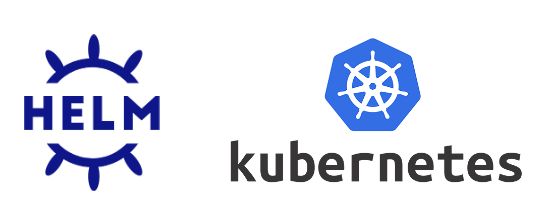- Resources
- Self-host Bitwarden on Kubernetes using a Helm chart
For customers that wish to self-host Bitwarden in a public cloud or on-prem in a private cloud in a Kubernetes installation, a Bitwarden-developed Helm chart accommodates the deployment process and can be used for different types of Kubernetes environments.
Self-hosting Bitwarden gives customers more control of how their data is stored and secured, placing customers in charge of both server maintenance and data security. This can be critical for customers in industries with strict data management standards and policies.

Kubernetes, often referred to as K8s, is an open-source container orchestrator with many important capabilities for cloud computing, including scaling, load balancing, and self-healing. Helm is a package manager for Kubernetes and simplifies the process of defining, installing, and upgrading Kubernetes applications. A Helm chart is a collection of YAML files that describe a related set of Kubernetes resources, including configuration instructions and maps, and can be used to deploy simple and complex applications alike.
The benefits of using the Helm chart to install Bitwarden to Kubernetes
Install Bitwarden into your existing Kubernetes infrastructure
Self-host Bitwarden Password Manager and Bitwarden Secrets Manager for additional control over how your data is managed
Gain the advantages of using Kubernetes, such as multi- and hybrid-cloud support
Integration Details
The method for installing Bitwarden to a Kubernetes deployment varies depending on the cloud provider. Instructions and documentation are available for a generic installation, Azure AKS, OpenShift, and AWS EKS.
The Bitwarden clients (web, mobile, browser, desktop apps, CLI) can be configured to point to the self-host installation address, allowing for easy installation and updating for end-users.